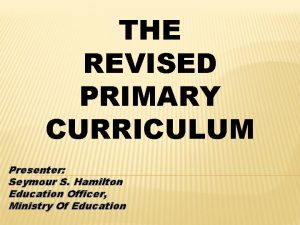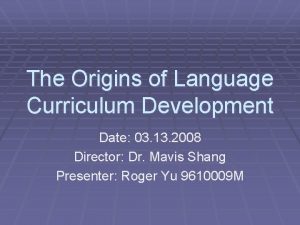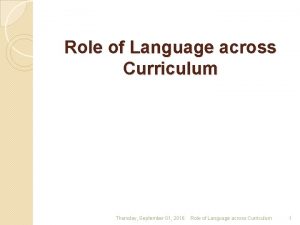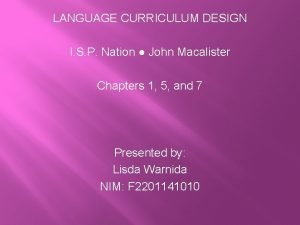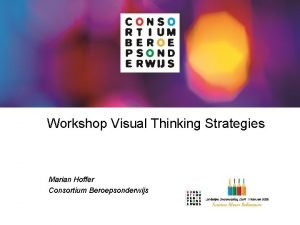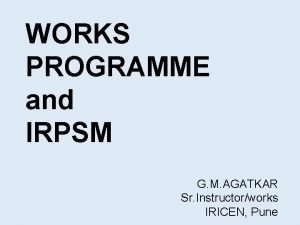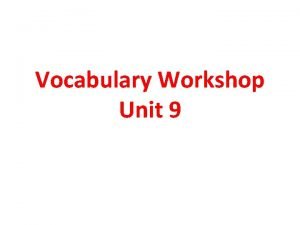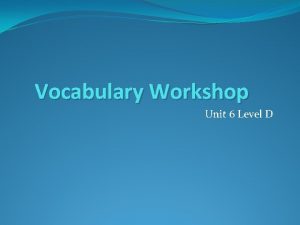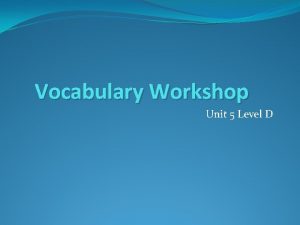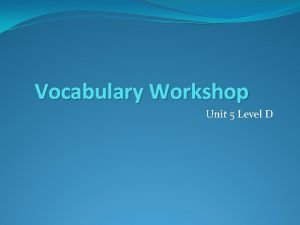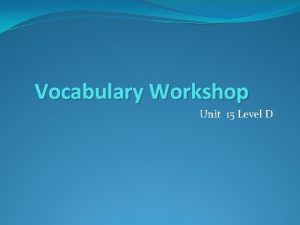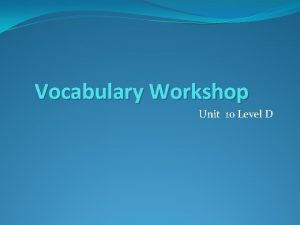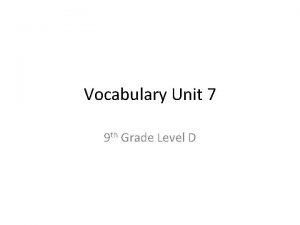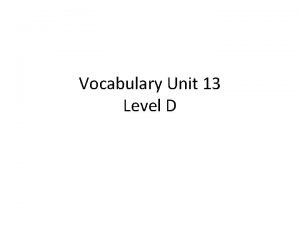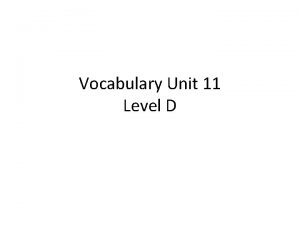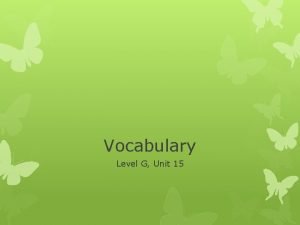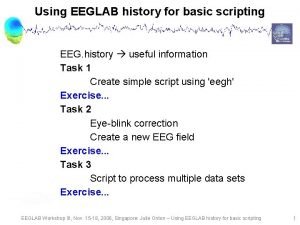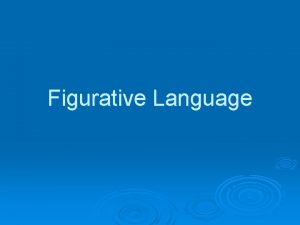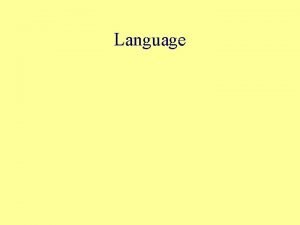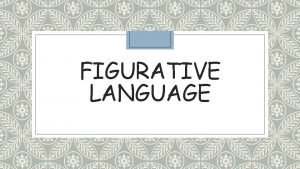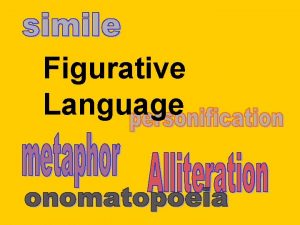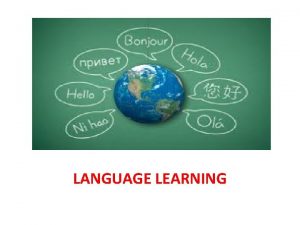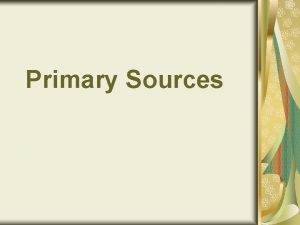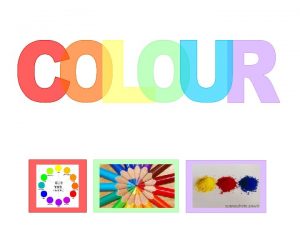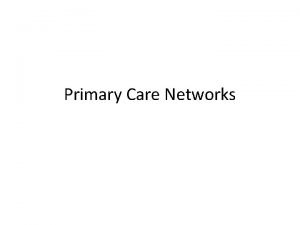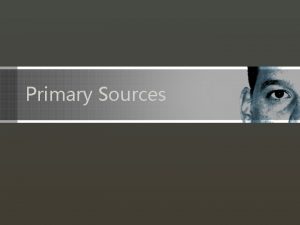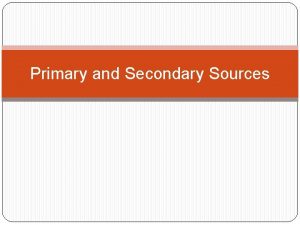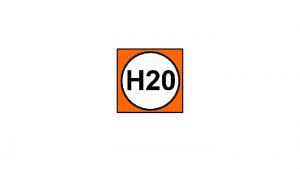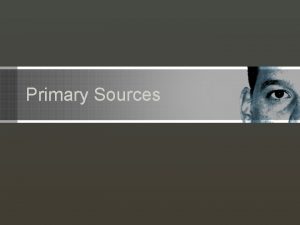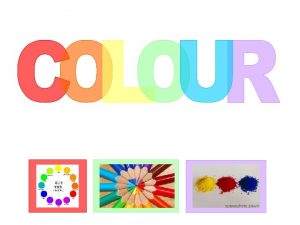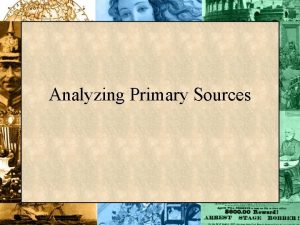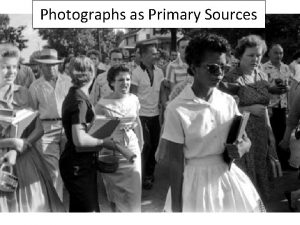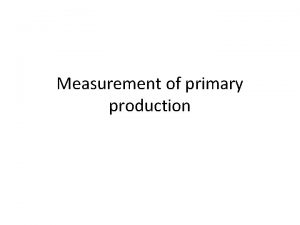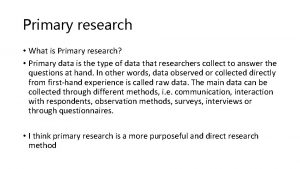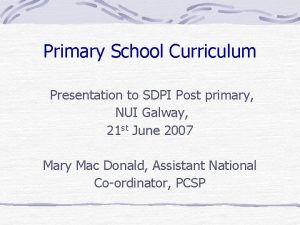Primary 1 Curriculum Workshop Language Primary 1 Curriculum

























- Slides: 25

Primary 1 Curriculum Workshop: Language

Primary 1 Curriculum Religious Education – “Alive O” n PSD – Self Esteem, Behaviour n Language – Reading, Writing, Talking, Listening n. Mathematics -Number, Money, Measure, Shape, and Information Handling n Expressive Arts – P. E. , Drama, Music, Art & Craft n Environmental Studies – Science, Social Studies, Technology, Health Education n Information & Communication Technology n

PRIMARY 1 TOPICS TERM 1 The Park TERM 2 Ourselves TERM 3 The Seasons TERM 4 People Who Help Us In School

Early Years Language Skills

What helps Reading? • Awareness of rhyme • Being able to recognise letters • Others at home modelling reading

Concepts of Print • Back, front, picture, page, cover • Recognition of letters upper and lower case • Rhyme, alliteration • Letter, space, word, sentence, punctuation • Left -> right, top -> bottom • Knowing what they read, the difference between text and pictures

Our Approach to Reading Not just one method but a range of strategies • Look and Say • Phonics • Reading for Meaning Why? All children are different and have different learning styles

Phonics Blending ca t Onset and rime c at

Jolly Phonics Teaches the letter sounds in an enjoyable, multisensory way. The five basic skills for reading and writing are: 1. Learning the letter sounds 2. Learning letter formation 3. Blending 4. Identifying sounds in words 5. Spelling the tricky words In Jolly Phonics the 42 main sounds of English are taught, not just the alphabet.

Introducing The Sounds s a t i Weave hand in an s shape, like a snake, and say ssssss Wiggle fingers above elbow as if ants crawling on you and say a, a, a. Turn head from side to side as if watching tennis and say t, t, t. Pretend to be a mouse by wriggling fingers at end of nose and squeak i, i, i. Each sound has an action which helps children remember the letter/s that represent it. As a child becomes more confident, the actions are no longer necessary.

Some sounds are written with two letters, such as ee. There are 42 sounds in total. Children should learn each letter by its sound, not its name. The letters have not been introduced in alphabetical order. The first group (s, a, t, i, p, n) has been chosen because they make more simple three-letter words than any other six letters.

The letters b and d are introduced in different groups to avoid confusion. Sounds that have more than one way of being written are initially taught in one form only. For example, the sound ai (rain) is taught first, and then the alternatives a-e (gate) and ay (day) follow later.

Blending Remember that some sounds are represented by two letters, such as sh. Children should sound out the sh not the individual letters s-h. So, a word like rain should be sounded out r-ai-n, and feet as f-ee-t. Some words in English have an irregular spelling and cannot be read by blending, such as said, was and one. Unfortunately, many of these are common words. The irregular parts have to be remembered. These are called the 'tricky words'.

Identifying Sounds in Words Start by having your child listen for the first sound in a word. Games like I-Spy are ideal for this. Next try listening for the end sounds, as the middle sound of a word is the hardest to hear. Begin with simple three letter words such as cat or hot. A good idea is to say a word and tap out the sounds. Three taps means three sounds. Say each sound as you tap. Take care with digraphs. The word fish, for instance, has four letters but only three sounds, f-i-sh.

Other Games to Play Add A Sound What do I get if I add a p to the beginning of ink? Answer: pink. Other examples are m-ice, b-us, etc. Take Away A Sound What do I get if I take away p from pink? Answer: ink. Other examples as above, and f-lap, s-lip, c-rib, drag, p-ant, m-end, s-top, b-end, s-t-rip, etc.

Reading Homework Now • Say the sound with action • Write the letter • Match words and letters • Build words using letters • Build a sentence using words • Copy letters, words and sentences • Look for words/letters in the environment Reading Homework Later • Learn new words, revisit old ones • Paired Reading • Ask both literal and inferential questions • Ask child to sequence story, predict, retell


What is Paired Reading? Promotes reading skills, self confidence and enjoyment of books Sharing a book – 4 stages 1. Parent reads 2. Parent and child read together adult taking the lead 3. Parent and child read together - child encouraged to take the lead 4. Child reads -

QUESTION WORD? ANSWER Who When A person, a name A time of day, day of the week, date etc Where Which A place The reader usually has to choose from a selection Depends on how the question is worded, but usually a thing What How many How. . big, far, tall etc Why An explanation A number Also involve an explanation A reason (very often using because)

Reading doesn’t have to look like this.

All Reading is Valuable Being read to Research/ instructions Reading to an adult/other child Alone Newspapers/ comics

Listening Skills Good eye contact, sitting still, nodding, responding n. Hear small differences (p & b) n. Recite rhymes and poems from memory n. Listen for information, instructions and directions n. Retell simple stories, instructions, correctly sequenced n. Take a turn n

Talking Skills Ask/answer questions n. Ask for help n. Give simple definitions n. Express thoughts and feelings n. Speak clearly and audibly n. Be aware of their audience n. Convey information, instructions and directions n

Pre Writing Child needs to develop muscle tone and control in fingers and hands n. Construction toys like, Duplo, Lego, Mecanno n. Play Dough, plasticine n. Jigsaws n. Threading beads, tying laces, zips, buttons n. Cutting, gluing, sticking, painting, scribbling, colouring in, tracing, dot to dot

Writing • Pencil hold • Letter formation • Experiment with writing • Use writing to communicate • Write own name • Copy a letter, word, sentence • Compose a sentence • Think and talk about writing before starting WEBSITES: http: //www. starfall. com/n/level-k/letter-a/load. htm? f http: //www. ictgames. com/sky_writing. html http: //www. wartoft. nu/software/sebran/
 Ipc personal goals
Ipc personal goals Revised primary curriculum grade 1-3
Revised primary curriculum grade 1-3 Primary care practice facilitation curriculum
Primary care practice facilitation curriculum The origins of language curriculum development
The origins of language curriculum development Conclusion of language across the curriculum
Conclusion of language across the curriculum Language culture and curriculum
Language culture and curriculum Environment analysis in language curriculum design
Environment analysis in language curriculum design Yellow magenta and cyan are the ___
Yellow magenta and cyan are the ___ Objective of direct method
Objective of direct method Visual thinking strategies nederland
Visual thinking strategies nederland List of cutting tools in workshop
List of cutting tools in workshop Workshop pop art
Workshop pop art Amazon alexa workshop
Amazon alexa workshop Workshop goals examples
Workshop goals examples Ircep irpsm
Ircep irpsm Unit 9 vocabulary workshop
Unit 9 vocabulary workshop Unit 6 level b synonyms
Unit 6 level b synonyms Meticulous antonyms
Meticulous antonyms Vocab unit 5 level d
Vocab unit 5 level d Vocab workshop level d unit 15
Vocab workshop level d unit 15 Vocab workshop level d unit 10
Vocab workshop level d unit 10 Vocabulary level d unit 7
Vocabulary level d unit 7 Unit 13 vocabulary workshop level d
Unit 13 vocabulary workshop level d Summit
Summit Sadlier vocabulary workshop level g unit 15
Sadlier vocabulary workshop level g unit 15 Pop_subcomp
Pop_subcomp

